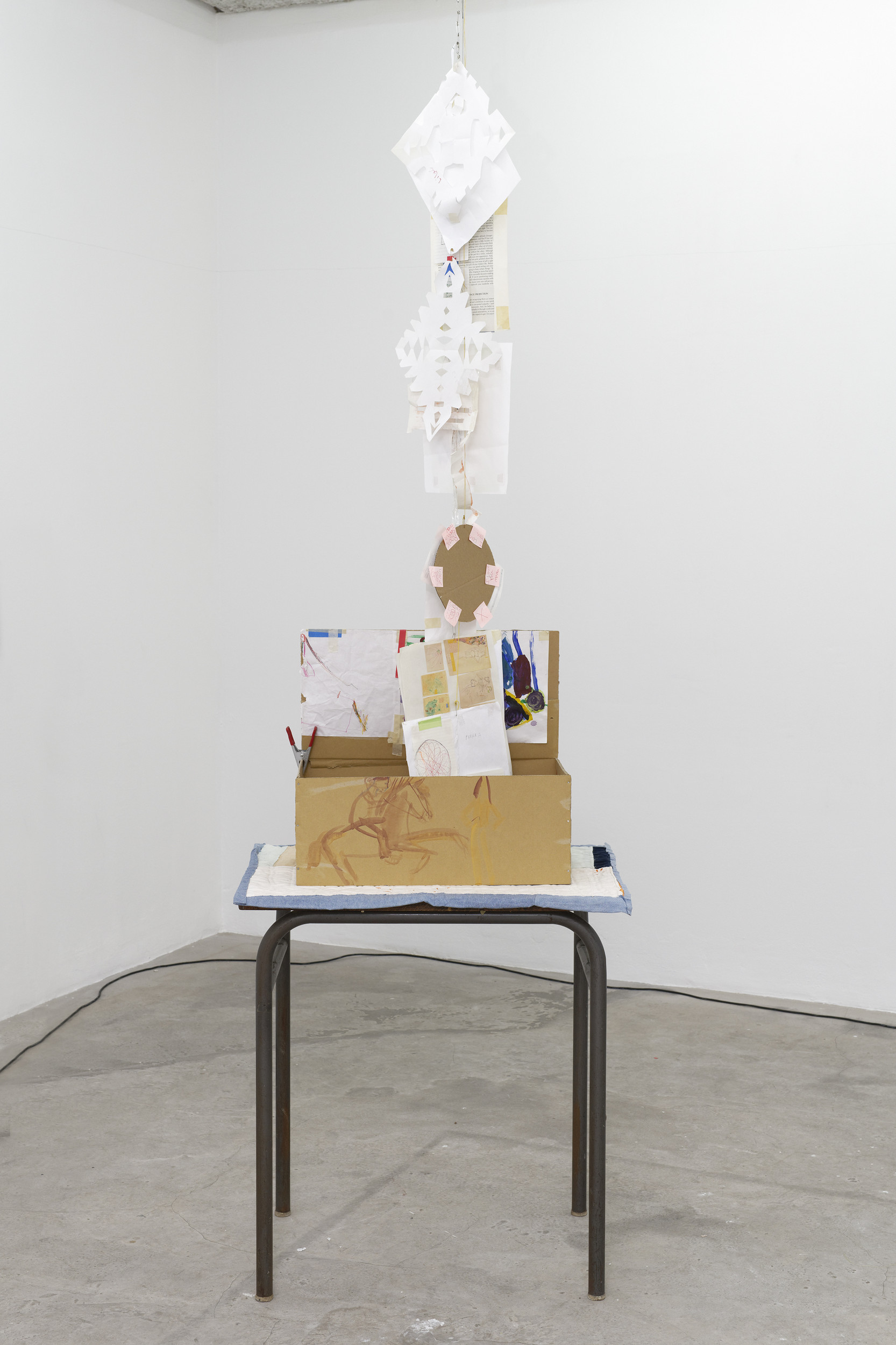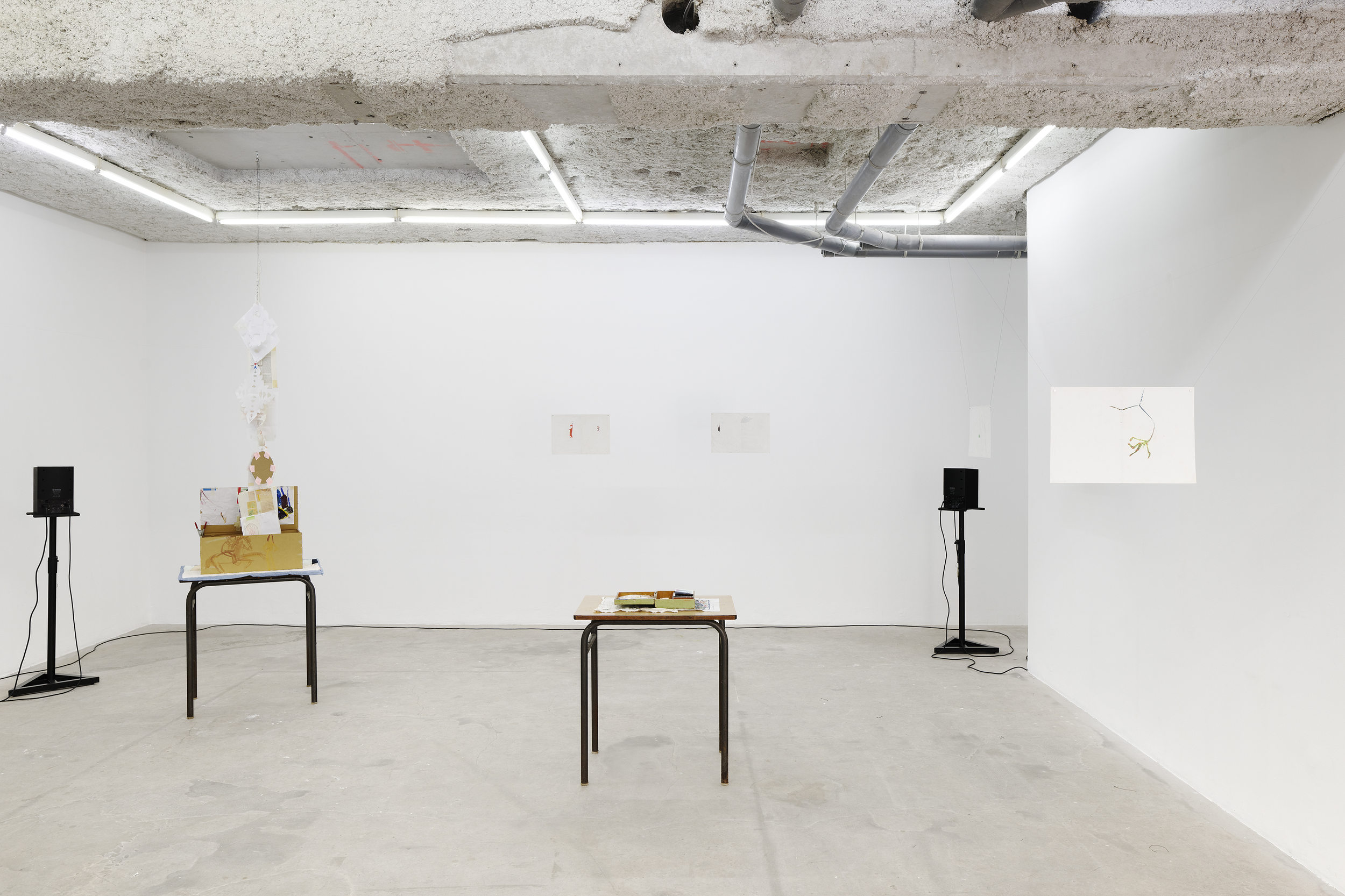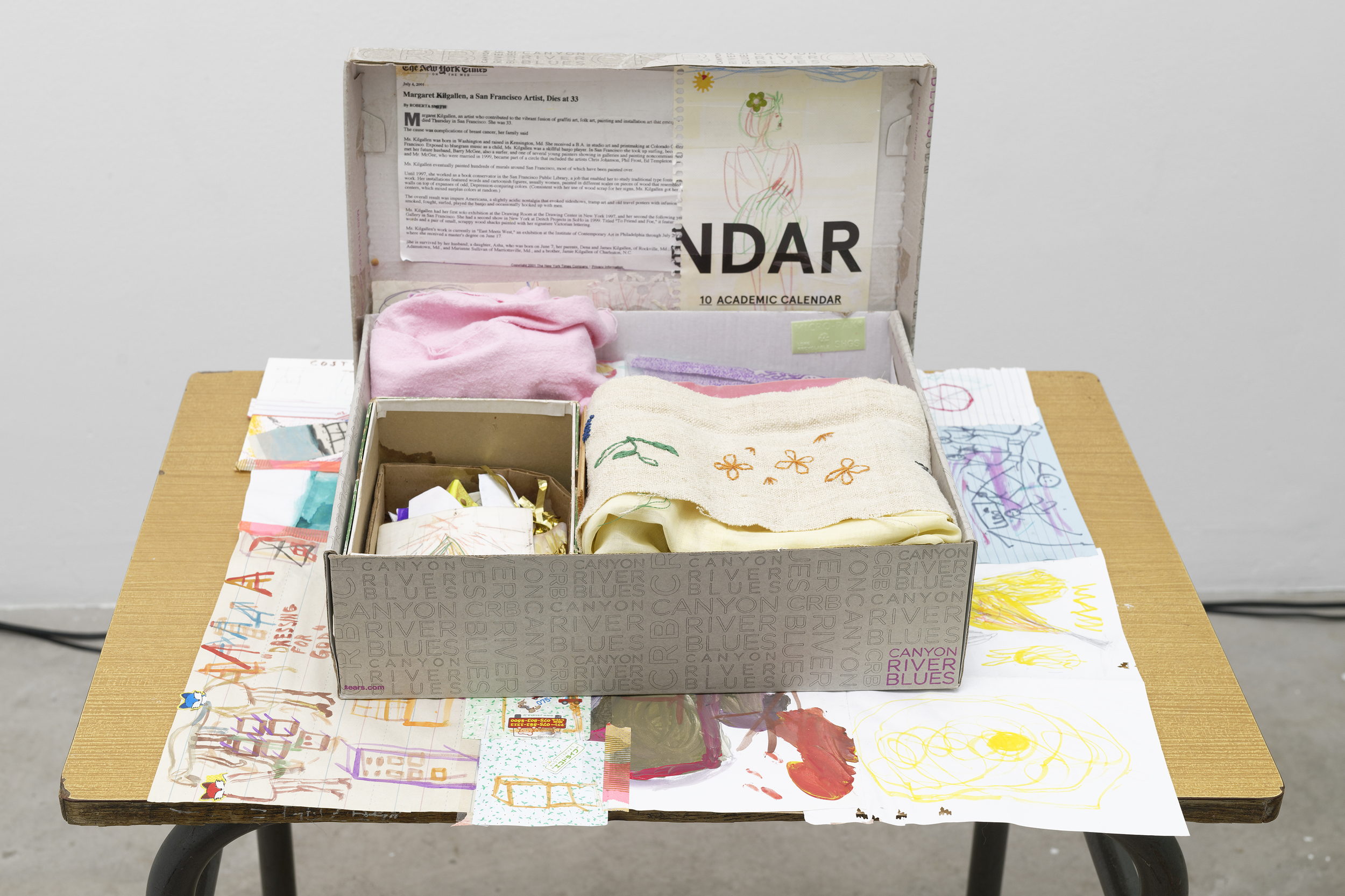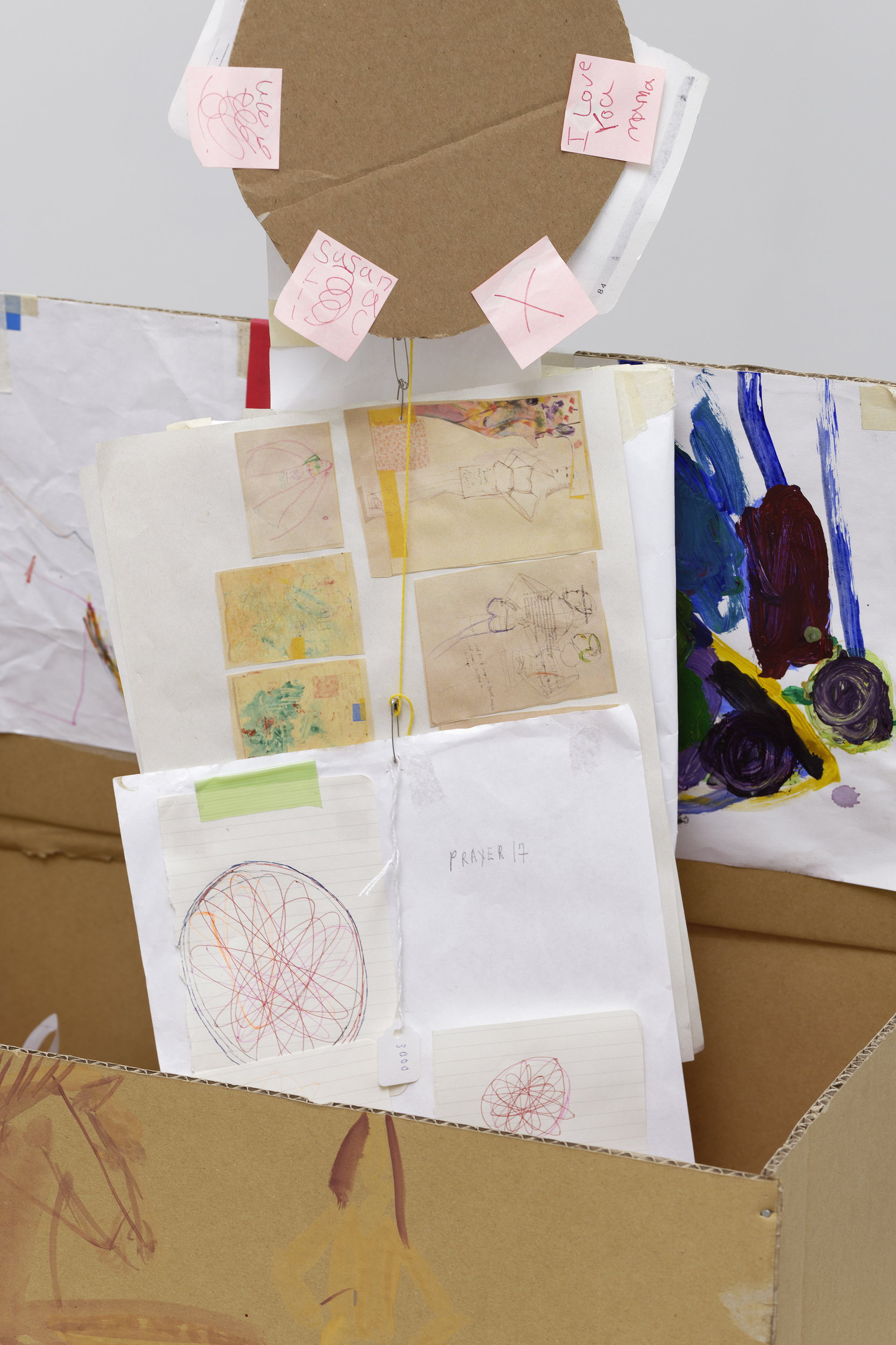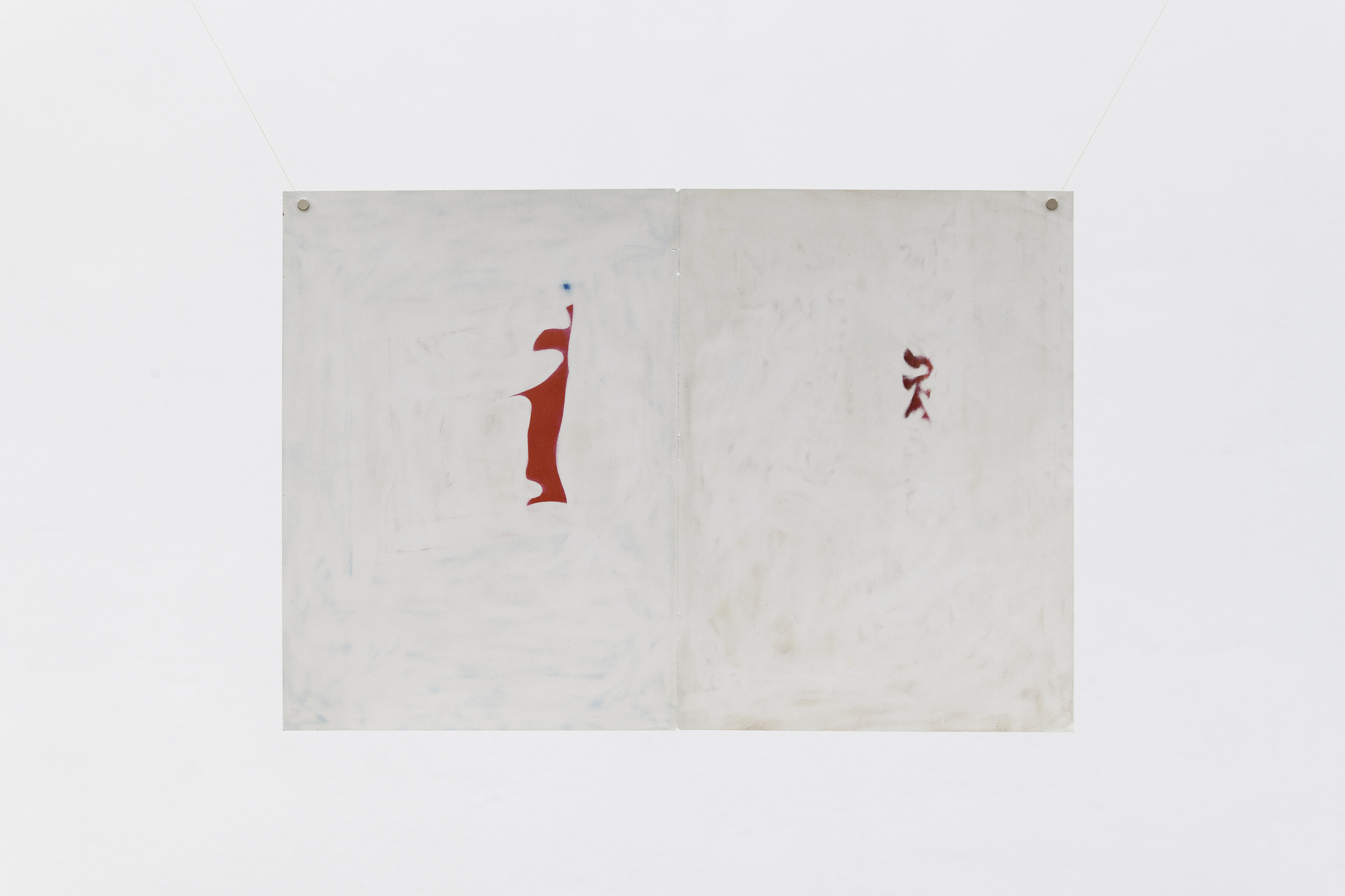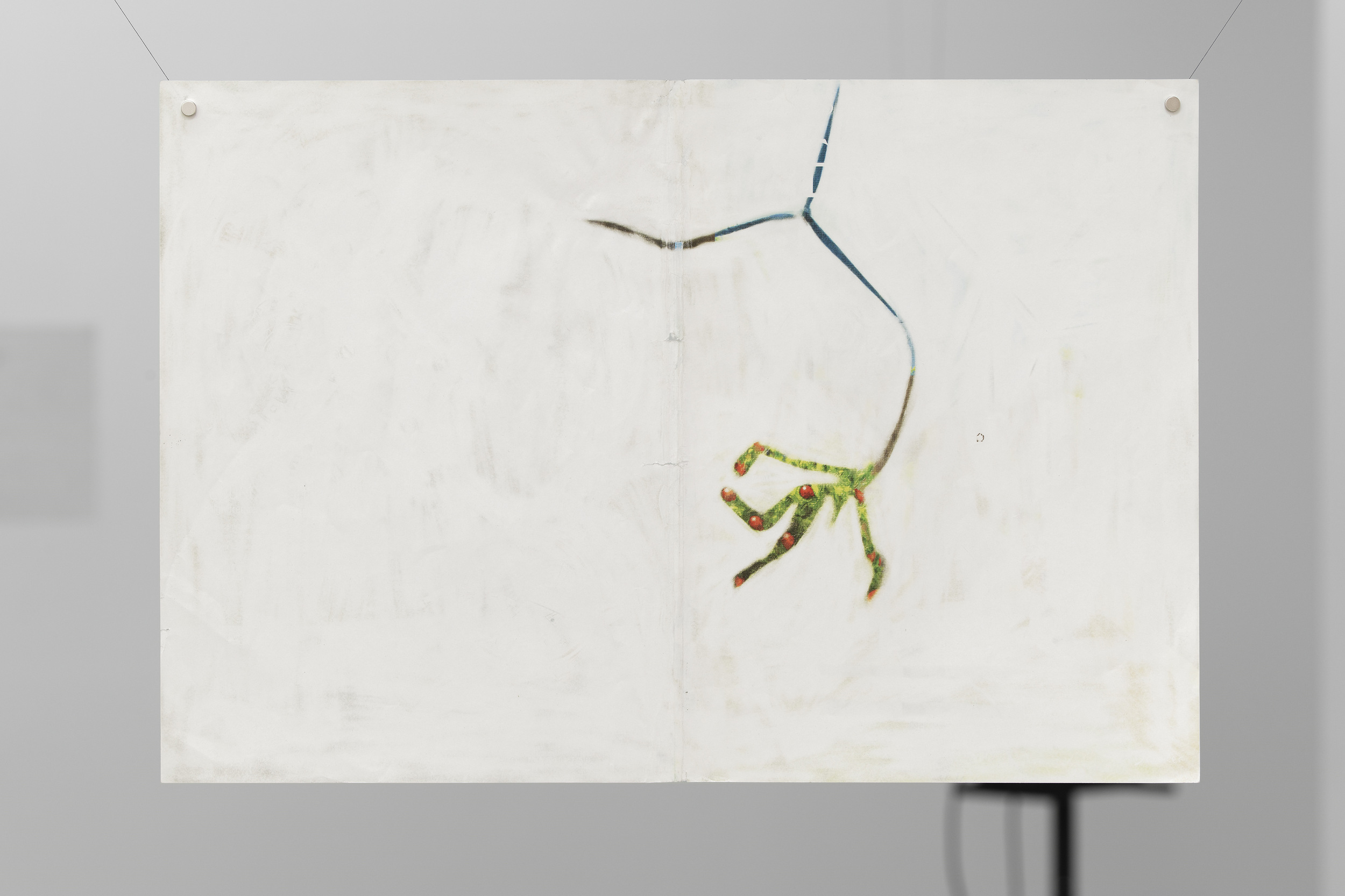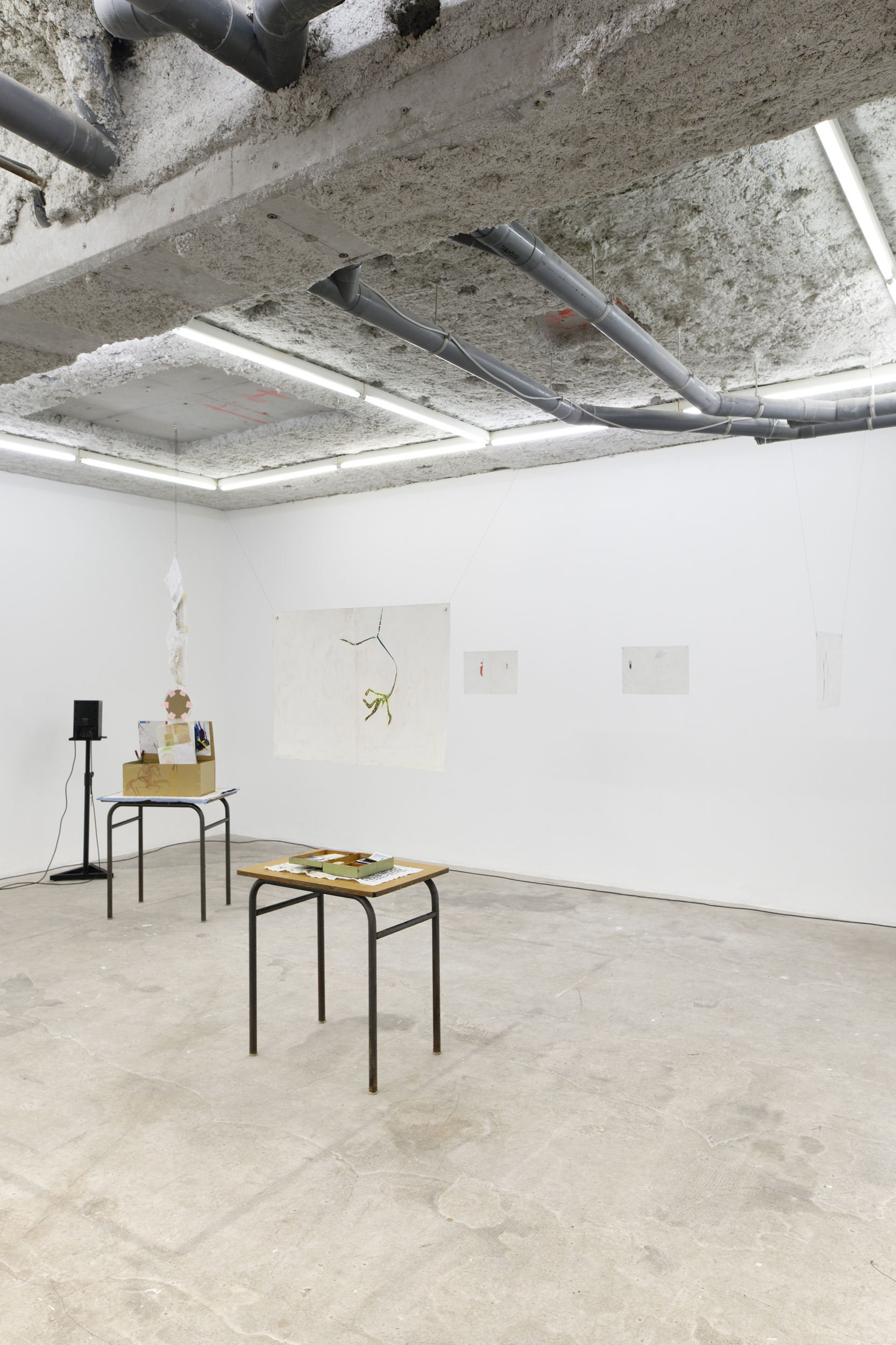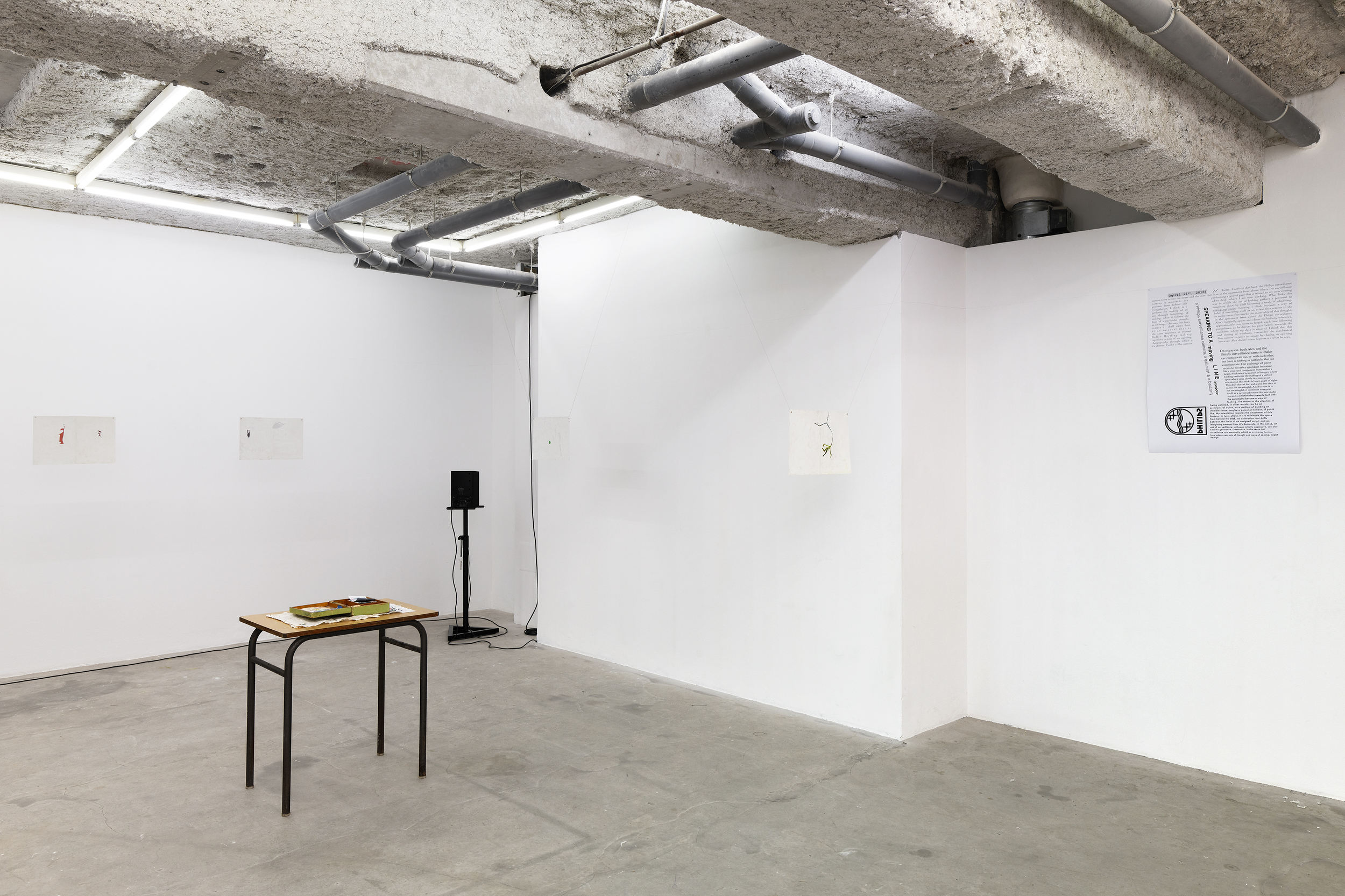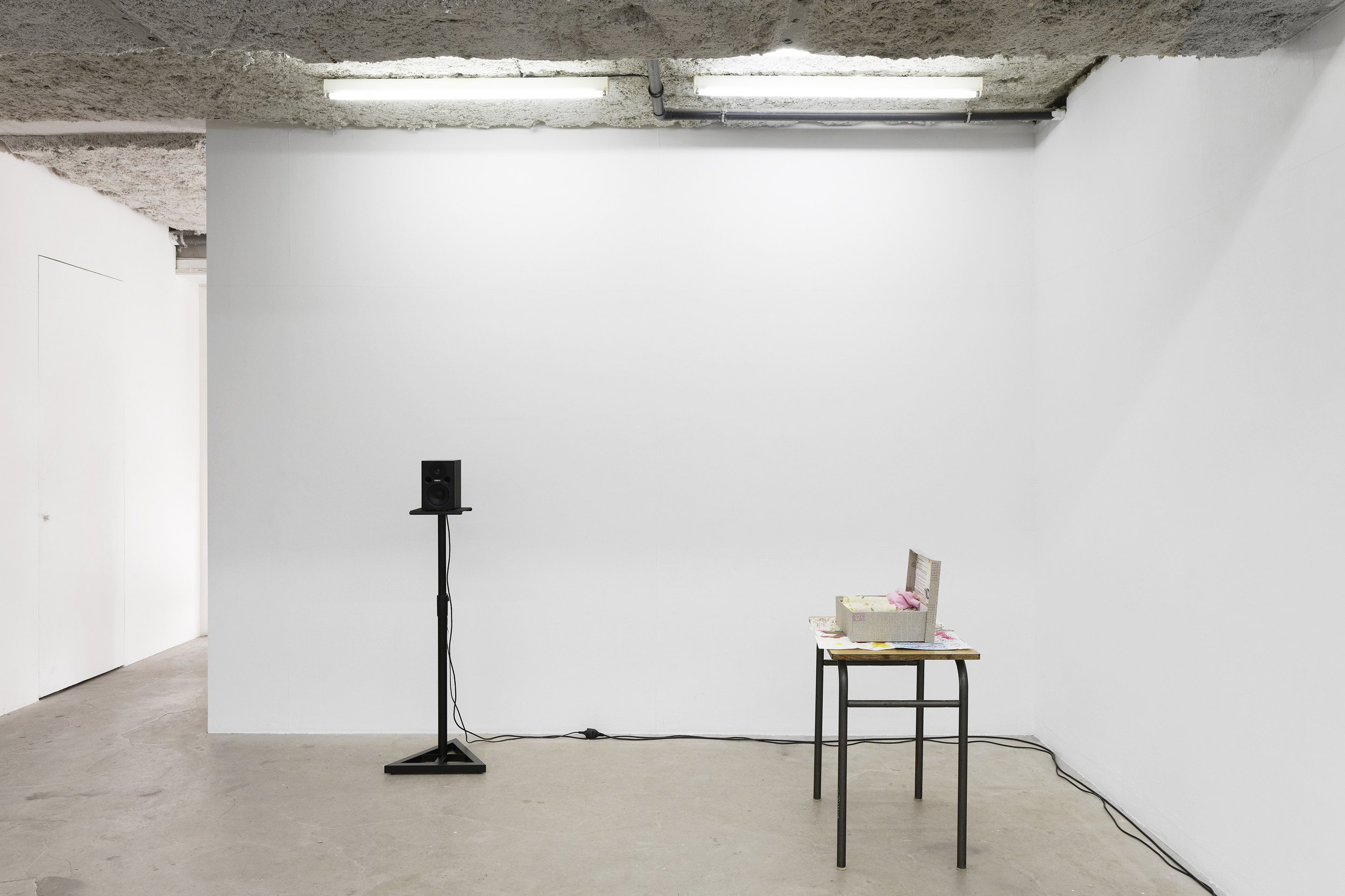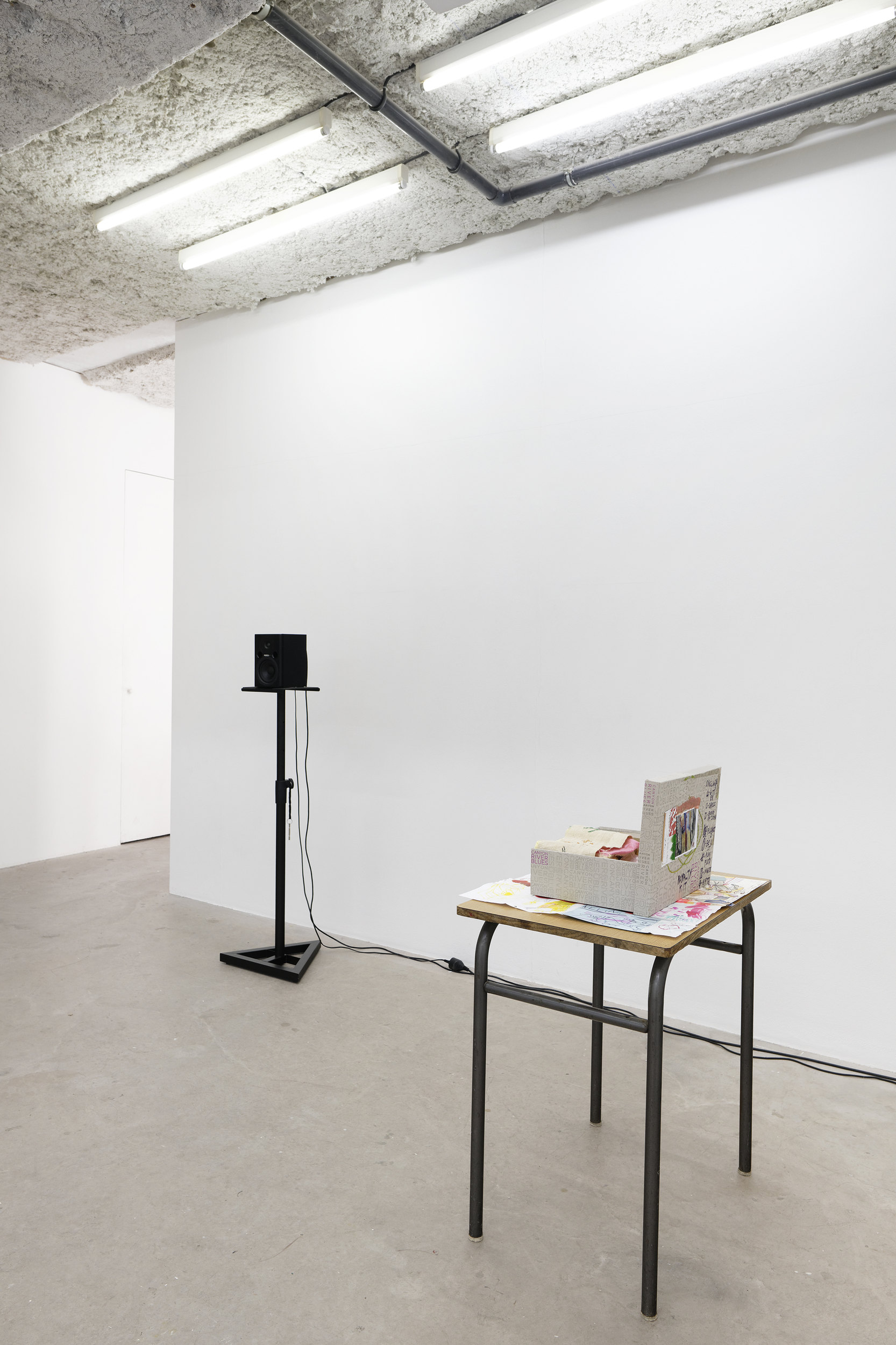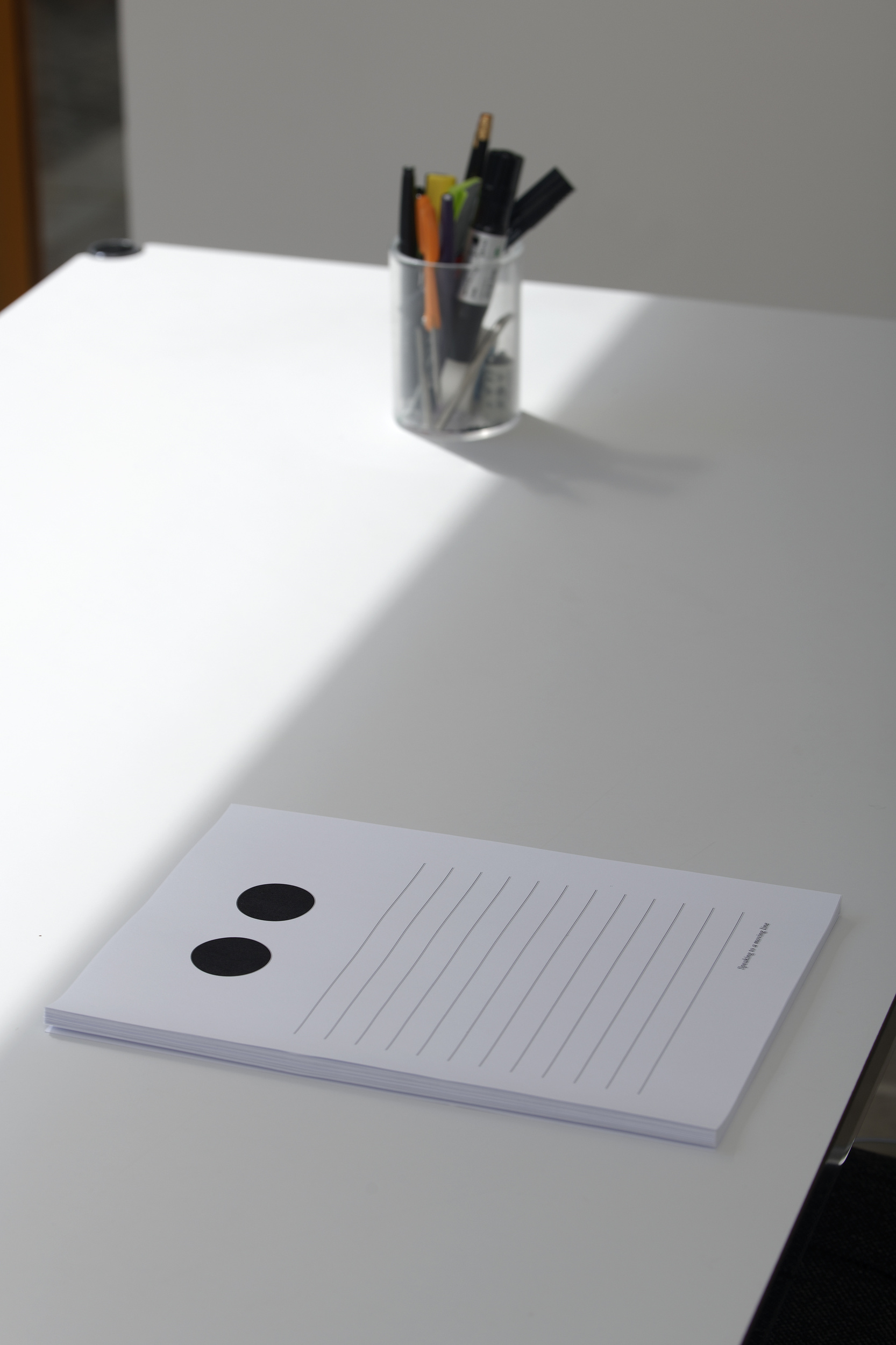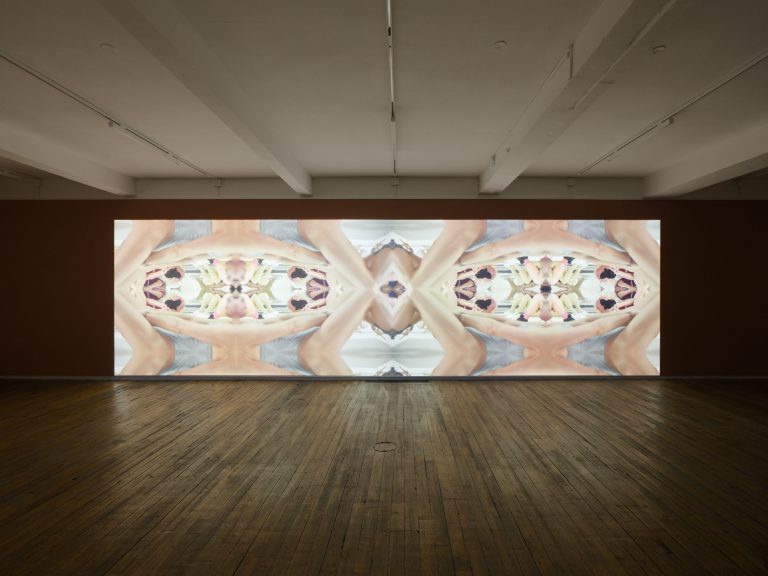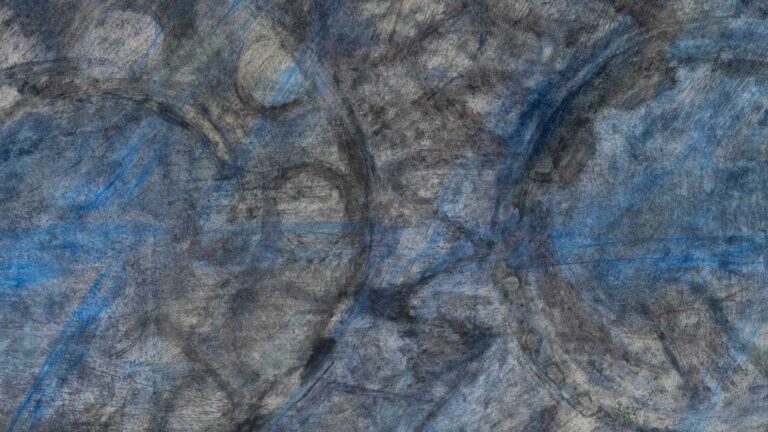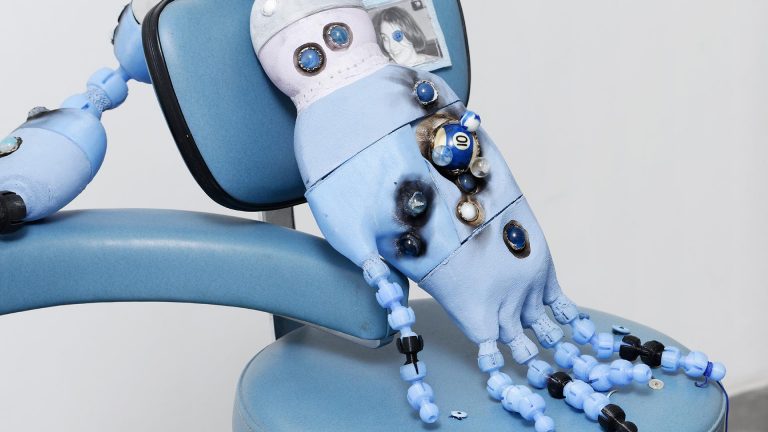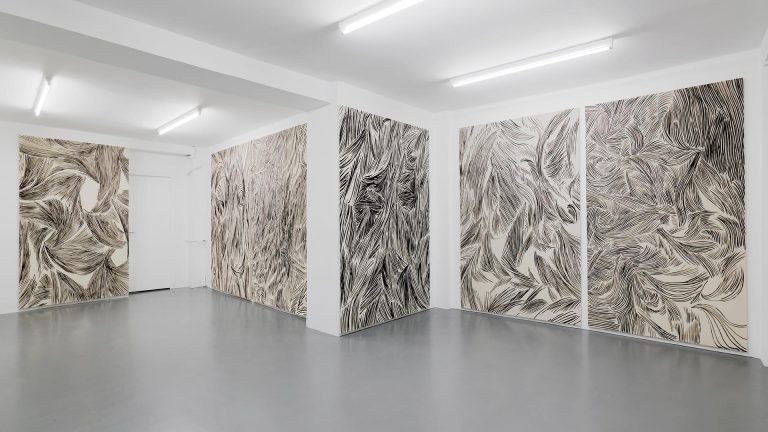Artists: Bogdan Cheta, Susan Cianciolo, Sean MacAlister, Paolo Thorsen-Nagel
Exhibition title: Windowlicker
Organized by: Julie Beaufils, Ana Iwataki and Marion Vasseur Raluy
Venue: Balice Hertling, Paris, France
Date: April 26 – May 26, 2018
Photography: all images copyright and courtesy of the artists and Balice Hertling, Paris
To miniaturize is to make portable-the ideal form of possessing- things for a wanderer, or a refugee. Benjamin, of course, was both a wanderer, on the move, and a collector, weighed down by things; that is, passions. To miniaturize is to conceal. Benjamin was drawn to the extremely small as he was to whatever had to be deciphered: emblems, anagrams, handwriting. To miniatur-ize means to make useless. For what is so grotesquely reduced is, in a sense, liberated from its meaning-its tininess being the outstanding thing about it. It is both a whole (that is, complete) and a fragment (so tiny, the wrong scale). It becomes an object of disinterested contemplation or reverie.
-Susan Sontag, Under the Sign of Saturn
This act of miniaturization is one of making choices from the world to make manageable its enormity. It’s at once the frag-mentation of the world and the existence of a little world. Intimacy, not breadth. To make one work of art, or to collect certain objects, or to organize an exhibition of certain artists and artworks allows a partial possession of what can never be completely possessed or assimilated or conquered. There is an easing of the painful pangs of desire, of lack, and the need for more. A salve, not a cure.
Lèche-vitrine, the French for window shopping, literally translated as “window licking”, suggests the pleasure of possession via the act of looking at an ensemble of objects, forming a little universe of their own under glass. In an act of surveillance, Bogdan Cheta worked at a desk facing the vitrine in what served as the office in Balice Hertling Bellville. Taking on the double role of spectator-spectacle, subject-object, he confined himself to both the gallery’s walls and his view onto the rue Ramponeau. A strange triangulation unfolded, a line of vision bouncing from Cheta and the gallery, to a surveillance camera pointing towards him, to a neighbor across the street on his balcony, and back again. This drama is recounted for us in a resulting text piece, and visitors are invited to take the place of the artist and the gallerist at the desk, to confront their own acts of voyeurism. Cheta further interacted with the gallery by tracing a horizon line along its walls at the height of his outstretched arm.
His explorations offer a distant echo to Susan Cianciolo’s “kits”. Installed on quilts, tapestries, or other small works by the artist, and here presented on simple school desks, these kits are composed of miniature paintings, annotated photographs, notes, post-its, diaries, bits of fabric, paper, and other “painfully personal” remnants of the artist’s life and career. These portable works, touching in their intimate size and content, are at once small universes, time capsules, archives, reliquaries, tool kits for transformation. In the 90s, Susan Cianciolo came to prominence as a fashion designer, particularly for her critically-acclaimed collection RUN. She quickly became interested in the context of creation and in 2001, she transformed the Chelsea Gallery into a teahouse, fashion boutique, and exhibition space. She continues today to work at the border of fashion and contemporary art.
Paolo Thorsen-Nagel’s sound work permeates and travels around the gallery in such a way that suggests the viewer likewise become a flâneur within the space. His piece—suggestive of many auditory diasporas—insists that there is not one ideal van-tage point for listening, that one position should not be privileged over any other, and that instead one might listen to the room playing itself. We hear sounds from his metro ride to the airport in Athens, recorded by a sound coil that picks up a limited range of electric frequencies. A capturing of the world, yes, but in a decidedly constrained manner: miniaturization via electromagnetic isolation. Other channels of sound intervene at various intervals, creating a narrative that juxtaposes the Greek field recordings with sounds from the artist’s domestic life: sonic samples of his activities at home, snippets of Skype conversations with a curator. Sampling miniaturizes the artist’s own world to the point where it can be shared without risk of overexposure, as the personal becomes abstracted in an auditory mise-en-abyme.
Sean MacAlister’s Relief drawings punctuate the space. These floating, elusive works are the result of a long and intensely per-sonal process of erasing The New Yorker magazine covers until only the forms we see remain. A homeschooled and self-taught artist, MacAlister’s first glimpses of the possibilities of the world and how to exist in it were formed by reading magazines at the local 7-11. These reliefs are “life capsules”, capturing his physical engagements with the material as well as his reconciliations with our present socio-economic and political situation, its representations, and an intimate approach towards art-making and the building of an identity.
And so we find ourselves at the scale of the body—the hand, the eye, the ear. In bringing the vast into our own bodily space, we come to terms with our incapacity to have and to hold all. It’s a fleeting glance through the window towards what it might be like to soothe the frustrations of desire.
Windowlicker, 2018, exhibition view, Balice Hertling, Paris
Windowlicker, 2018, exhibition view, Balice Hertling, Paris
Windowlicker, 2018, exhibition view, Balice Hertling, Paris
Windowlicker, 2018, exhibition view, Balice Hertling, Paris
Windowlicker, 2018, exhibition view, Balice Hertling, Paris
Susan Cianciolo, Royalty Kit, 2015, Cardboard box, with glitter, flower pattern skirt, pink cottoncloth, burlap and cotton dress, belt, Book of John, painted paper and wood planets, play food, photographs, 29.21 × 38.10 × 11.43 cm (11 1/2 × 15 × 4 1/2 in.)
Susan Cianciolo, Compliment to Mini Me Box, 1990-2015, 4 Polaroids, 2003 study for Parco Museum, Tokyo , painted wooden blocks, popsicle sticks, printed paper,tape, notebooks, adhesive labels, vintage embroidered handkerchief, 5.08 × 35.56 × 55.88 cm (2 × 14 × 22 in.)
Susan Cianciolo, The Source Box Kit, 2005-2015, Cloth stars, watercolor on cardboard, Cone Denim book pages, embroidery thread, paper mobiles, tape on quilt by Coulter Fussell, on watercolor, on book page, on floorboards, 154.94 × 69.85 × 55.88 cm (61 × 27 1/2 × 22 in.)
Susan Cianciolo, Compliment to Mini Me Box, 1990-2015, 4 Polaroids, 2003 study for Parco Museum, Tokyo , painted wooden blocks, popsicle sticks, printed paper,tape, notebooks, adhesive labels, vintage embroidered handkerchief, 5.08 × 35.56 × 55.88 cm (2 × 14 × 22 in.)
Susan Cianciolo, Royalty Kit, 2015, Cardboard box, with glitter, flower pattern skirt, pink cottoncloth, burlap and cotton dress, belt, Book of John, painted paper and wood planets, play food, photographs, 29.21 × 38.10 × 11.43 cm (11 1/2 × 15 × 4 1/2 in.)
Susan Cianciolo, The Source Box Kit, 2005-2015, Cloth stars, watercolor on cardboard, Cone Denim book pages, embroidery thread, paper mobiles, tape on quilt by Coulter Fussell, on watercolor, on book page, on floorboards, 154.94 × 69.85 × 55.88 cm (61 × 27 1/2 × 22 in.)
Susan Cianciolo, The Source Box Kit (detail), 2005-2015, Cloth stars, watercolor on cardboard, Cone Denim book pages, embroidery thread, paper mobiles, tape on quilt by Coulter Fussell, on watercolor, on book page, on floorboards, 154.94 × 69.85 × 55.88 cm (61 × 27 1/2 × 22 in.)
Susan Cianciolo, Royalty Kit, 2015, Cardboard box, with glitter, flower pattern skirt, pink cottoncloth, burlap and cotton dress, belt, Book of John, painted paper and wood planets, play food, photographs, 29.21 × 38.10 × 11.43 cm (11 1/2 × 15 × 4 1/2 in.)
Susan Cianciolo, Compliment to Mini Me Box, 1990-2015, 4 Polaroids, 2003 study for Parco Museum, Tokyo , painted wooden blocks, popsicle sticks, printed paper,tape, notebooks, adhesive labels, vintage embroidered handkerchief, 5.08 × 35.56 × 55.88 cm (2 × 14 × 22 in.)
Sean MacAlister, Not titled yet, 2017, Erased The New Yorker magazine cover, 26.67 x 39.37 cm (10.5 x 15.5 in.)
Sean MacAlister, Dyslexic area, 2017, Erased The New Yorker magazine cover, 26.67 x 39.37 cm (10.5 x 15.5 in.)
Sean MacAlister, My sister memorized the lorax and I turned the pages, 2017, Erased The New Yorker magazine cover, 26.67 x 39.37 cm (10.5 x 15.5 in.)
Sean MacAlister, Cherry picker, 2017, Erased The New Yorker magazine cover, 26.67 x 39.37 cm (10.5 x 15.5 in.)
Windowlicker, 2018, exhibition view, Balice Hertling, Paris
Windowlicker, 2018, exhibition view, Balice Hertling, Paris
Windowlicker, 2018, exhibition view, Balice Hertling, Paris
Windowlicker, 2018, exhibition view, Balice Hertling, Paris
Bogdan Cheta, Speaking to a moving line (a Philips surveillance camera, a gallerist and a balcony), 2018, One poster, writing desk, black sitting chair, gallery front window, surveillance camera, takeaway notepads, horizon line drawn in pencil
Bogdan Cheta, Speaking to a moving line (a Philips surveillance camera, a gallerist and a balcony), 2018, One poster, writing desk, black sitting chair, gallery front window, surveillance camera, takeaway notepads, horizon line drawn in pencil

